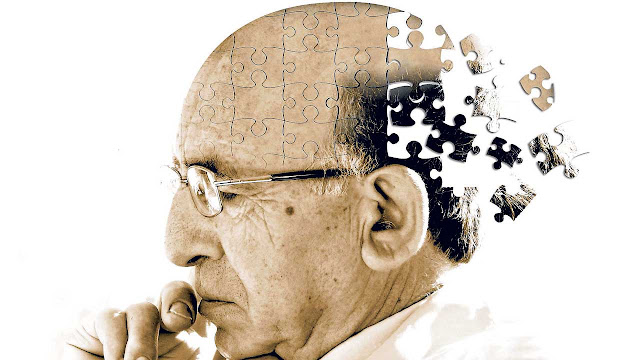Avoid Alzheimer’s with A Good Night’s Sleep & A Good Day’s Physical Activity
 |
Exercise Improves Brain Functionality & Reduces Risk of
Alzheimer’s Disease
|
Much
is discussed about protecting the body and ensuring smooth functioning of the
body parts while there is not much concern about keeping the brain inside this
body running smoothly. Although the importance of physical exercise on the
brain is well-known, it is not well recognized by the public.
Exercise
is beneficial to everyone, especially for old age people who are/can be
affected with Alzheimer’s disease. Exercise helps to improve brain
functionality due to production of brain-functioning chemicals and increased
oxygen supply throughout the body. When an individual does the right type of
exercise, there is an increased production of these chemicals.
A
Brief on Alzheimer’s Disease
Alzheimer’s
is the most common form of dementia that causes problems with memory, thinking
and behavior. There is no cause or cure available for AD and there is also no
100-percent guarantee to avoid getting the disease. But, if there is one thing
that any individual in this earth can do today to reduce the risk of
Alzheimer’s, the answer is exercise!
How
AD Affects the Brain?
Alzheimer’s
disease destroys hippocampus (memory-forming structures in the brain) due to
damage to the mitochondrial brain cells and chronic inflammation. It starts
with short-term memory failure when AD destroys nerve cells in the hippocampus
progressing to failure of language skills and judgement decline when neurons
fail in the cerebral cortex.
Brain:
The Complicated Network
The
human brain uses ample energy and when energy is used there is also the production
of waste products. Inappropriate handling of these waste products and poor
lifestyle choices are the main factors inducing Alzheimer’s disease. The free
radicals can cause inflammatory damage to brain cells in different ways:
- Decreased energy supply due to the damage of the mitochondrial membrane by free radicals.
- Damage to lipids and proteins inside the cell turning them rancid.
- Chronic inflammation in the brain
- Damage of the mitochondrial DNA that destroys bits of genetic code.
Benefits
of Physical Activity on Alzheimer’s Disease
Studies
clearly prove that physical activity may delay the onset of AD as well as the
risk of cognitive decline. Nerve cells produce a protein called brain-derived
neurotrophic factor (BDNF) when they are active. It helps the existing neurons
to function properly and trigger the growth of new neurons. Any physical
activity boosts BNDF but the right kind of physical activity gives your BDNF an
even bigger boost.
Putting
one foot in front of the other is not going to do you much favor. Physical
activity can be aerobic exercises or an activity that includes problem-solving
and movement. Any activity is sure to trigger some BDNF, but what we want is a
solid activity that is mentally stimulating, engaging and skill-based that produces
abundant BDNF that protects the brain than simply walking on a treadmill or
pedaling a stationary cycle.
Get
the Toxins Out
Sleep
is mandatory for a good many reasons. Research proves that the space between
the brain cells increases during sleep, helping the brain to flush away toxins
that build up inside it during waking hours. While sleep was previously needed
to repair muscle tissue, now it is required for brain repair as well.
If
you get the right quantity of sleep along with the right kind of exercises and
nutritious diet, you can not only protect your brain health but also ensure
overall well-being of the body. To plan the right kind of diet for a healthy
dose of nutrients, get in touch with a registered dietitian nutritionist at www.firsteatright.com.


Comments
Post a Comment